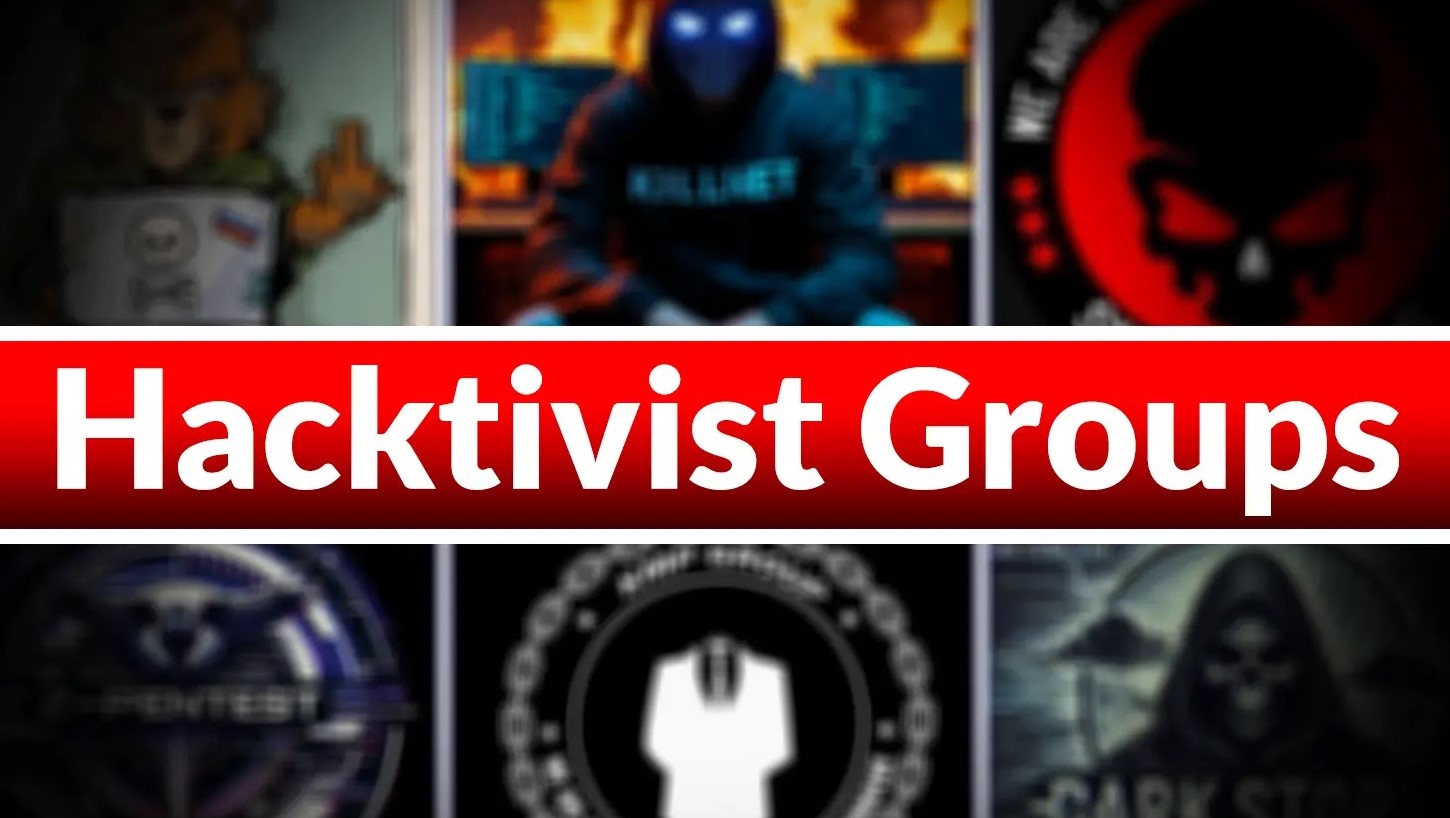
Researchers Uncover on How Hacktivist Groups Gaining Attention and Selecting Targets
Unmasking the New Era of Hacktivism: Attention, Monetization, and Evolving Targets
The global hacktivist landscape has undergone a dramatic transformation. No longer solely defined by abstract ideological motivations, these groups now increasingly operate within a complex ecosystem where visibility, influence, and even financial gain heavily influence their actions and target selection. This profound shift, particularly evident since 2022, presents novel challenges for cybersecurity professionals, security analysts, and organizations worldwide.
Understanding these evolving motivations and methodologies is critical for effective threat intelligence and proactive defense. This analysis delves into the contemporary strategies hacktivist groups employ to gain attention and prosecute their campaigns, offering insights for IT professionals navigating this dynamic threat.
The Evolution of Hacktivism: From Ideology to Economy
Historically, hacktivism was largely synonymous with protests against perceived injustices, aiming to disrupt or expose entities misaligned with the group’s specific political, social, or environmental agenda. While ideological motivations still exist, the post-2022 period has seen a significant diversification of drivers.
Current analysis reveals a substantial pivot towards what could be termed ‘attention economics.’ Hacktivist operations are now often designed to maximize media coverage and social media traction. This can involve high-profile data breaches, website defacements, or distributed denial-of-service (DDoS) attacks against prominent, often government or corporate, targets. The more public outcry or discussion an attack generates, the more successful it is perceived within these evolving communities.
Furthermore, an increasingly sophisticated understanding of monetization is emerging. While direct financial enrichment might not be the primary goal of every hacktivist operation, the ability to fund further operations, acquire advanced tools, or even generate income through illicit means (e.g., selling access or data on underground forums) is becoming more prevalent. This introduces a dark financial incentive previously less emphasized in the hacktivist playbook.
Shifting Target Selection Methodologies
The transformation in motivations directly impacts how hacktivist groups select their targets. Instead of purely ideological alignment, factors such as visibility and potential for disruption now play a significant role:
- Media Prominence: Organizations frequently in the news or with a strong public presence become prime targets. Attacking a well-known entity guarantees a wider audience for their message or actions.
- Vulnerability Exposure: An organization’s perceived or actual cybersecurity weaknesses are often exploited. Hacktivists, like other threat actors, conduct reconnaissance to identify easily exploitable vulnerabilities, allowing for swift and impactful attacks. This might involve targeting systems susceptible to known, unpatched flaws (e.g., a server vulnerable to CVE-2023-XXXXX if an example were available for the source, for illustrative purposes) to achieve rapid compromise.
- Industry Impact: Targeting critical infrastructure or sectors vital to a country’s economy or social fabric ensures maximum disruption and pressure.
- Affiliation and Symbolism: While less about direct ideology, targets might be chosen for their symbolic connection to a broader issue, even if that connection is tenuous. The goal here is often to generate a narrative rather than protest a specific policy.
Tactics and Techniques Employed
Modern hacktivist groups employ a diverse array of tactics, many of which mirror those used by state-sponsored actors and cybercriminals:
- Distributed Denial of Service (DDoS) Attacks: Saturating target networks or services with traffic to render them unavailable. These are highly visible and effective for short-term disruption.
- Website Defacements: Altering the visual appearance of websites, often to display political messages or propaganda.
- Data Exfiltration and Leaking (Doxing): Stealing sensitive information and publicly releasing it, aiming to cause reputational damage or expose individuals.
- Supply Chain Attacks: Compromising a less secure vendor or partner to gain access to a primary target.
- Social Engineering: Manipulating individuals to gain access to systems or information, often through phishing or spear-phishing campaigns.
Remediation Actions and Proactive Defense
Given the evolving nature of hacktivism, a robust and adaptive cybersecurity posture is essential. Organizations must move beyond reactive measures and embrace proactive strategies:
- Comprehensive Vulnerability Management: Regularly scan for, identify, and patch vulnerabilities in all systems, applications, and network devices. Prioritize patching critical and high-severity CVEs rigorously.
- Enhanced DDoS Mitigation: Implement strong DDoS protection services upstream through ISPs or specialized providers. Ensure application-layer DDoS defenses are in place for web services.
- Strong Access Controls and MFA: Enforce the principle of least privilege and implement multi-factor authentication (MFA) across all accounts, especially for remote access and administrative interfaces.
- Employee Security Awareness Training: Educate employees on social engineering tactics, phishing recognition, and secure online behaviors. A strong human firewall is paramount.
- Incident Response Planning: Develop, test, and regularly update a comprehensive incident response plan for various attack scenarios, including data breaches and service disruptions.
- Threat Intelligence Integration: Subscribe to and integrate relevant threat intelligence feeds from trusted sources. Understand the tactics, techniques, and procedures (TTPs) of active hacktivist groups.
- Public-Facing Asset Monitoring: Continuously monitor public-facing web assets for defacement, unauthorized changes, or suspicious activity. Utilize Content Delivery Networks (CDNs) and Web Application Firewalls (WAFs) for added protection.
- Reputational Monitoring: Monitor social media and dark web forums for mentions of your organization or industry, which could indicate targeting by hacktivist groups.
Conclusion
The transformation of hacktivism from a purely ideological pursuit to one increasingly driven by attention and potential monetization signals a complex shift in cyber threat dynamics. Organizations must recognize that these evolving motivations lead to diverse target selection and sophisticated attack methodologies. By prioritizing strong foundational cybersecurity practices, embracing proactive threat intelligence, and continually adapting defenses, IT professionals can better navigate this challenging landscape and protect critical assets from the growing influence of modern hacktivist groups.





